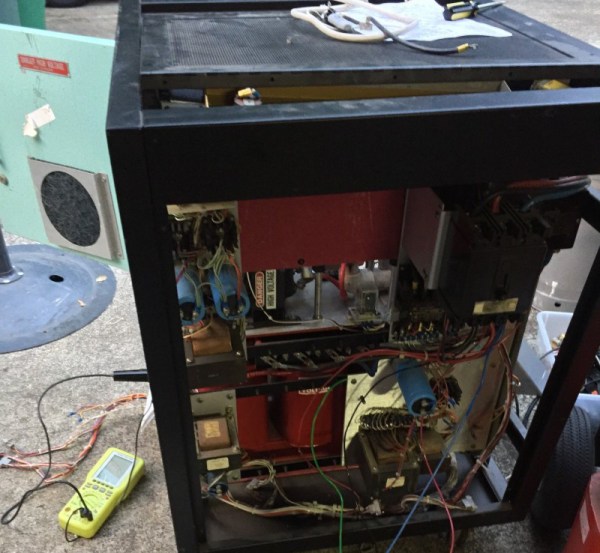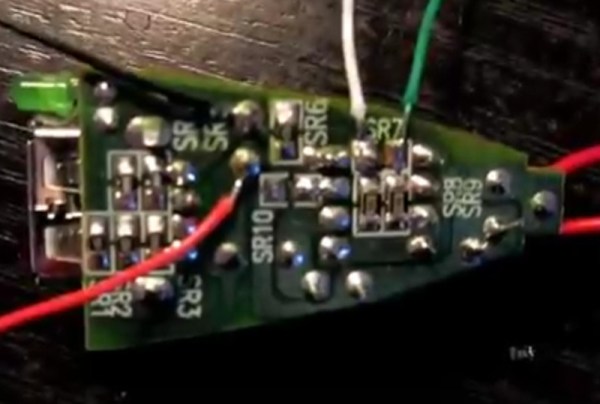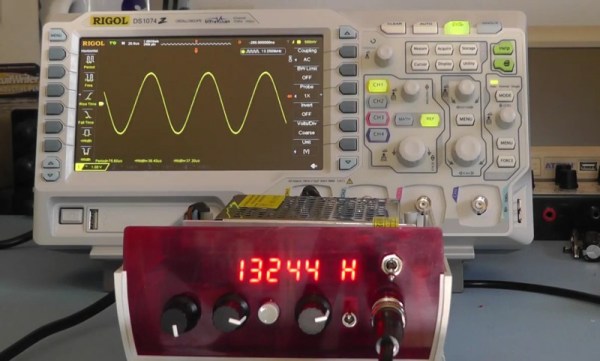[Dan Berard] has been using capacitors as actuators.
We’ve featured Dan’s awesome self built STM (scanning tunneling microscope) before. These microscopes work by moving a tip with nanometer precision across a surface. While the images he acquired are great, one disadvantage of the actuator he used is its poor rigidity. This limits the system to faster scan speeds.
In his search for a better actuator [Dan] thought he’d try using MLCC capacitors! While not known for their electromechanical properties, you may have encountered capacitors that appear to “sing” (PDF), emitting an audible tone. This is due to the piezoelectric properties of BaTiO3. Effectively the capacitor acts as a weak piezo electric speaker.
Using a 100V drive voltage [Dan] was able to get 300nm of deflection using the capacitor. To extend the range of the actuator he decided to ‘pole the ceramic dielectric’ this involved heating the capacitor above its Curie temperature of 120C. For this he used a transistor to heat the part as an ad-hoc hotplate. This increased the range of the actuator to 800nm, ideal for many STM (and other SPM) systems.
[Dan] is still weighing up his options for his next build, but MLCC capacitors are certainly a cheap and interesting choice.



















